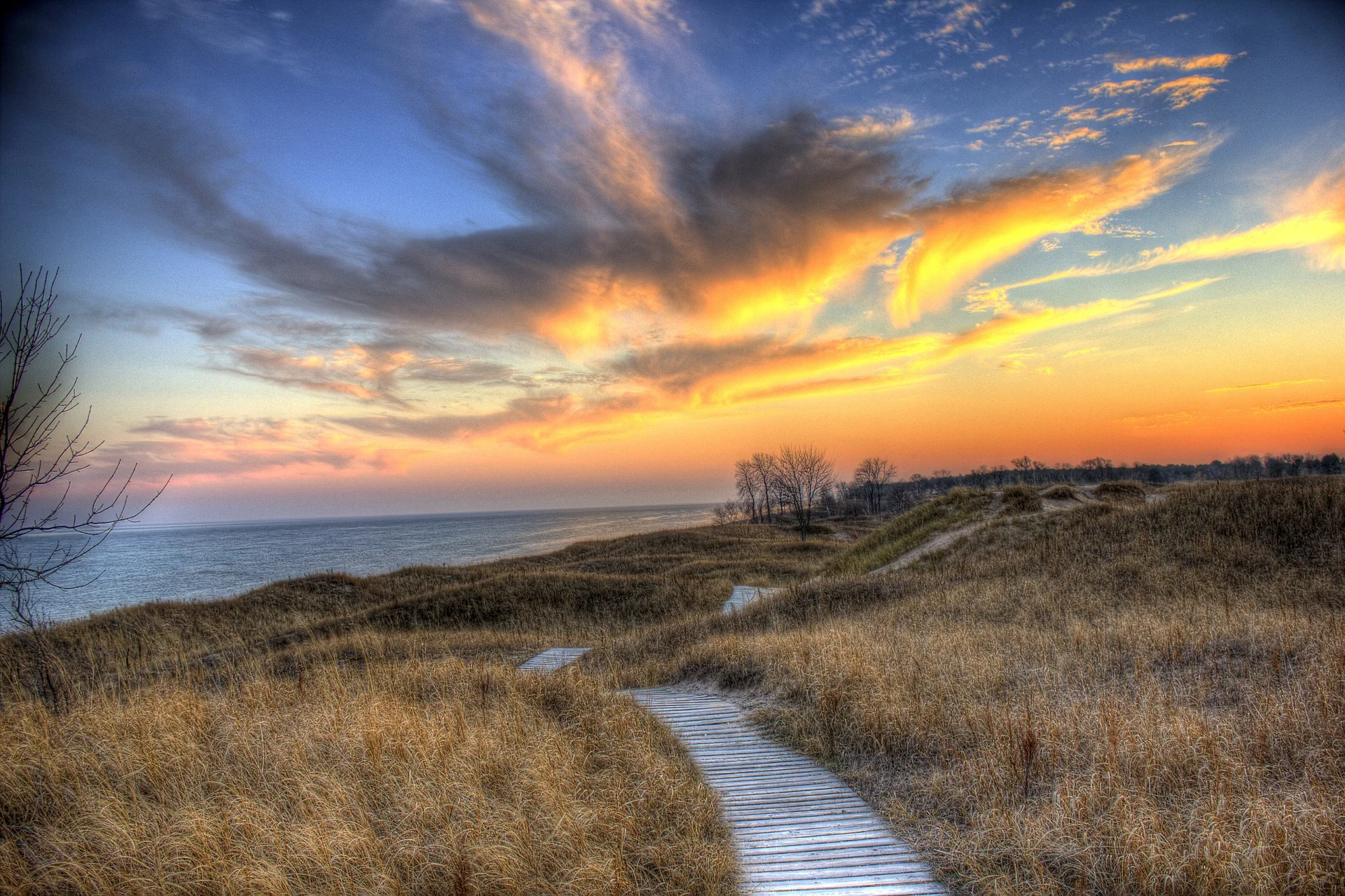Decline into Disorder: Brad Garber on “Earth Day”
While it is a thermodynamic constant that nothing is constant except chaos in the universe, the chaos often takes form, a fractal, a snapshot of peace. When I wrote “Earth Day,” I tried to take a asteroid’s view of a disintegrating planet. When I attended the first Earth Day, in 1970, at the University of Wisconsin – Eau Claire, I was a sophomore in high school full of youthful optimism. DDT had, thanks in large part to Rachel Carson’s Silent Spring, been banned from use in the United States. There were holes in the ozone layer, however, in addition to algae blooms due to phosphates, brown/orange skies in Los Angeles and lead in city waters. There was, in all of this, a pervading sense of hope that government and individual action could turn things around. John Lennon’s “Imagine” would not hit the airwaves for another year, but the tide of hope expressed in that ethereal anthem was building.
Now, here we are on the cusp of the 6th Extinction. “Earth Day” is an expression of despair and resignation. While people who could have made a difference in the inexorable speed of the entropy that threatens to affect all living things on the planet deny what is happening around them, sea levels rise, polar bears and orcas starve, mass human migrations threaten peace and stability and 500-year weather events happen every year. “Earth Day” is not a happy prose poem full of optimism. It is an observation about the decline of something unique and beautiful. It is about life and death, excess and indifference. It is about the sad state of affairs where there are “children with flies drinking their tears.”
